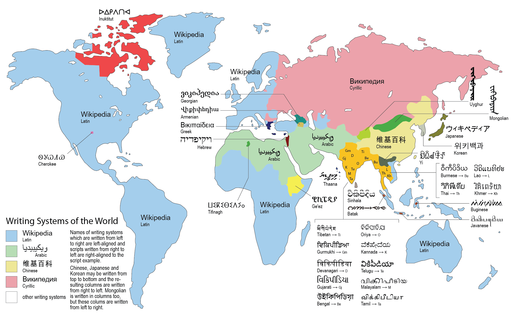created November 2013 at the American Anthropological Association [the following text comes from
AAA Creates CulturalHeritage Task Force
In an effort to respond to threats to both tangible and intangible heritage at both home and abroad (see sidebar), AAA, under the leadership of President Leith Mullings, created a Task Force on Cultural Heritage (TFCH) in November of 2013. The task force aims to offer critical guidelines on the many aspects of heritage management, preservation, and tourism with respect to the role of anthropology and other professionals in this arena, with the ultimate goal of increasing appreciation and understanding of cultural heritage in anthropological and public discourse and to assist the Executive Board in developing effective positions and practices on cultural heritage issues worldwide.
As noted by TFCH co-chair Susan Gillespie (U Florida) cultural heritage issues have become an increasingly important element of the cultural
landscape and loom large in the intellectual and political landscape for anthropology. These issues include continuing debates over preservation
and interpretation of historic materials, the growing heritage and tourism industries, challenges to the intangible heritage and property rights of
living communities and the loss of indigenous languages.
The task force is charged with the following:
Examining what "cultural heritage" means to different constituencies and how it relates to different areas of
anthropological inquiry in order to guide the implementation of AAA positions and practices.
Investigating how other professional associations are dealing with cultural heritage nationally and internationally and incorporate
their best practices in recommendations for new structures or formations that will allow the AAA to become and remain actively
engaged in cultural heritage issues.
Recommending ways to increase training in cultural heritage issues in undergraduate and graduate anthropology curricula and via
continuing education in other venues.
Identify sustainable means for coordinated collaboration among relevant AAA committees and sections as well as with other
professional organizations, trade associations and similar organizations involved with cultural heritage.
Recommending ways for the AAA to become a leading association for national and international dialogue and change regarding
cultural heritage, identifying the special or unique contributions the AAA can make in this regard. A blue-ribbon panel will be organized at
the 2014 AAA meeting in Washington, DC to bring together experts to contribute recommendations.
Helping to draft or coordinate advocacy letters and statements until such time as more permanent entities can carry out that task, and
devise guidelines and protocols for such letters and statements and Recommending initiatives to increase awareness of cultural
heritage issues and to educate the membership and the public about anthropological perspectives on cultural heritage and its
protection. The task force plans to have a regular column in
www.anthropology-news.org to disseminate information on culturalheritage concerns and analysis.
The task force is co-chaired by Susan Gillespie and Teresita Majewski, and other members include Sarah Cowie (U Nevada–Reno), Michael Di Giovine (West Chester U Pennsylvania), T. J. Ferguson (U Arizona), Antoinette Jackson (U South Florida), Rosemary A. Joyce (UC Berkeley), Morag Kersel (DePaul U), Richard Meyers (South Dakota State U), Stephen Nash (Denver Museum of Nature & Science) and Mark Turin (Yale U).

